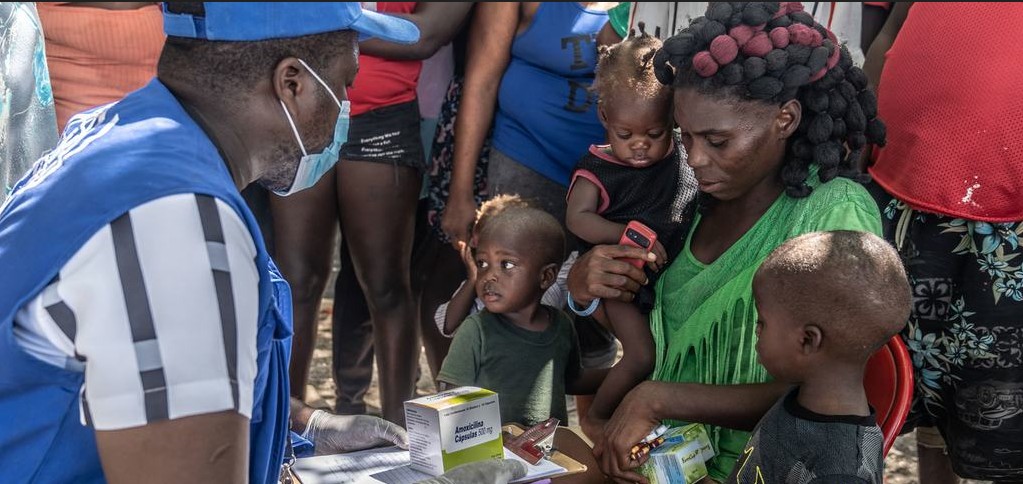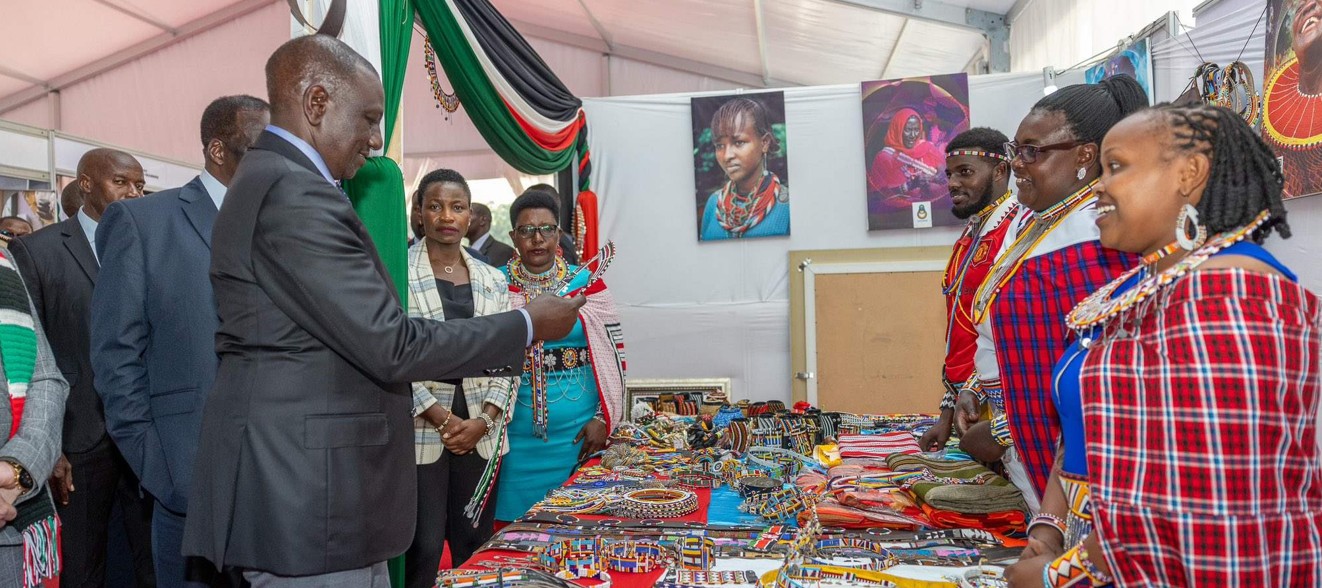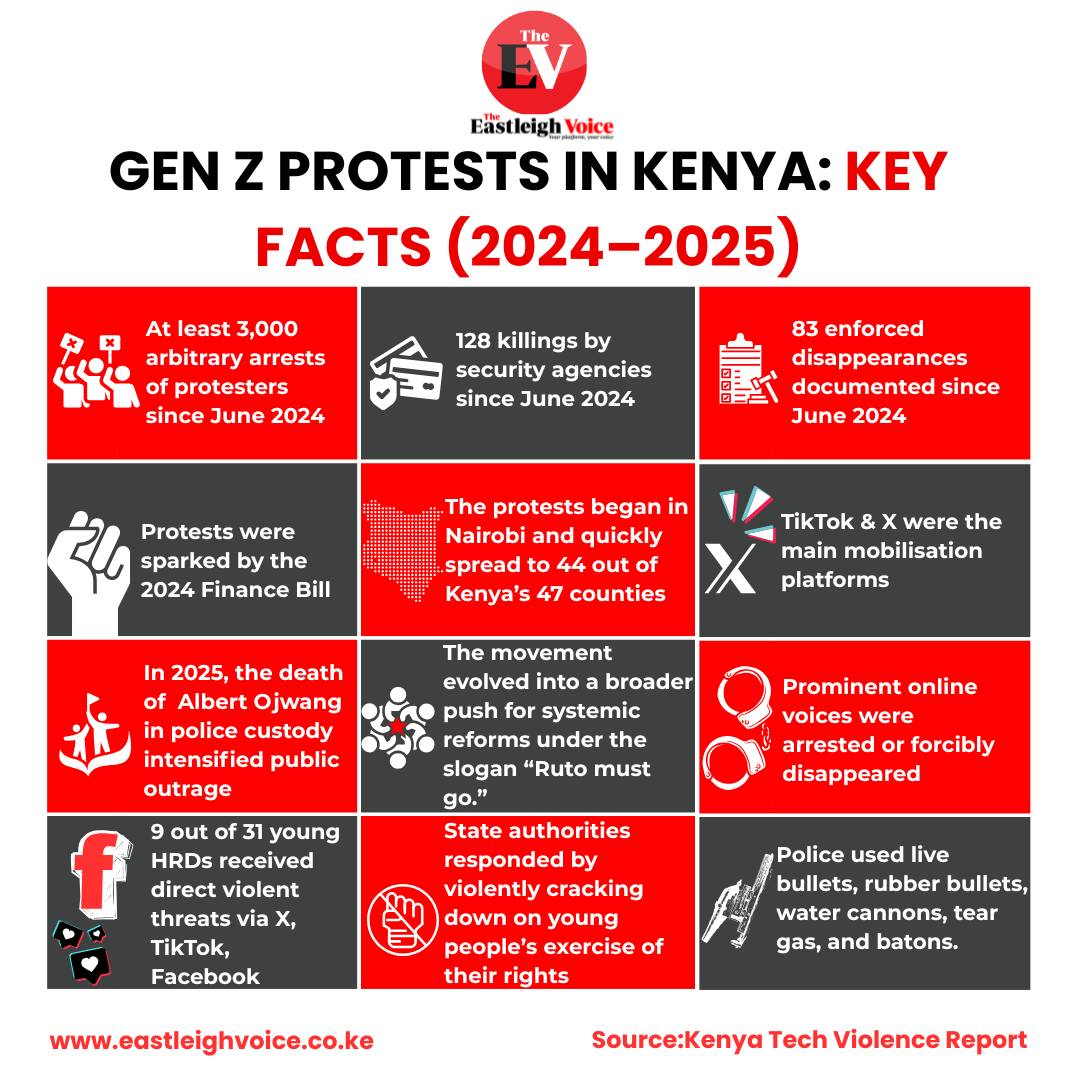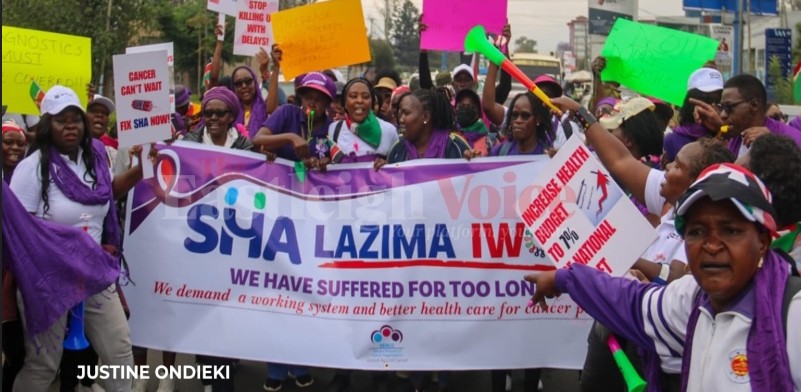ILO calls for investment in care infrastructure to create millions of jobs and close gender gap

Rather than focusing solely on these traditional infrastructure projects, the workers’ rights body recommends that countries also address care-related needs in their investments.
Governments need to rethink how they spend public funds on employment-intensive projects such as roads, schools, and hospitals, says the International Labour Organisation (ILO).
Rather than focusing solely on these traditional infrastructure projects, the workers’ rights body recommends that countries also address care-related needs in their investments.
More To Read
- Kenya’s care economy set for boost as policy nears approval
- IGAD Chief urges action over irregular migration, joblessness in Horn of Africa
- Profits from forced labour surge 37 per cent to Sh8.3 trillion worldwide, ILO report shows
- Inequality, fragile trust threatening global progress on social justice - ILO
- Kenya seeks re-election to International Maritime Organisation Council
- Women outpace men in high-skill job growth, says ILO
In practical terms, this means allocating significant funding to build infrastructure like childcare centres, eldercare facilities, and community health hubs. The goal is to tackle the global care crisis while creating millions of jobs.
Released as part of the ILO’s Care Economy Brief series, the organisation highlights the transformative potential of care-focused development.
“Investing in closing care policy gaps in childcare-related leave (maternity, paternity and parental leave), breastfeeding breaks, early childhood care and education, and long-term care services could create 280 million jobs by 2030, with an additional 19 million by 2035, totalling 299 million jobs,” the ILO says.
Of these jobs, 80 per cent would be filled by women, helping to close persistent gender gaps while expanding access to essential community services.
Closing childcare policy gaps
The organisation further estimates that each $1 (Sh129.23) spent on closing childcare policy gaps could generate up to $3.76 (Sh486) in global GDP by 2035, while boosting women’s employment rates by more than ten percentage points.
The study highlights pilot projects in Jordan, Sudan, and Madagascar, where Employment-Intensive Investment Programme (EIIP) initiatives combined road rehabilitation with the construction of nurseries, upgrades to health posts, and the creation of safe community parks.
For example, the EIIP project in Jordan has generated over 155,000 paid work-days, 34 per cent of which were undertaken by women, and five per cent by persons with disabilities.
The report also notes that public employment programmes in South Africa, Argentina, and Rwanda have fully integrated care services into their employment-intensive activities.
Highlighting the gender dimension, the ILO stresses that women perform a disproportionate share of care work, often resulting in poverty and lost opportunities, limiting their access to education, employment, and financial independence.
The World Economic Forum (WEF) identifies this as a major driver of inequality, noting that women globally spend on average three times more hours than men on care work—though this varies across countries.
Unpaid care
In Kenya, the Time Use Survey 2021 by the Kenya National Bureau of Statistics (KNBS) shows women spend at least three hours and 36 minutes more per day than men on unpaid care and domestic work.
This disparity arises partly because men spend more time—up to five hours per day—on unproductive activities, compared to less than three hours for women.
Nationally, women dedicate an average of four hours and 30 minutes daily, or 18.7 per cent of their time, to unpaid care and domestic tasks. Men, by contrast, spend just 54 minutes, representing 3.6 per cent of their time.
The findings indicate that this imbalance is more pronounced in rural areas. In urban settings, working women spend around four hours and 12 minutes daily on similar activities.
Among adolescents, girls aged 15–19 spend 15.2 per cent of their day—about three hours and 36 minutes—on unpaid care and domestic work, while boys of the same age spend only one hour.
Top Stories Today












































